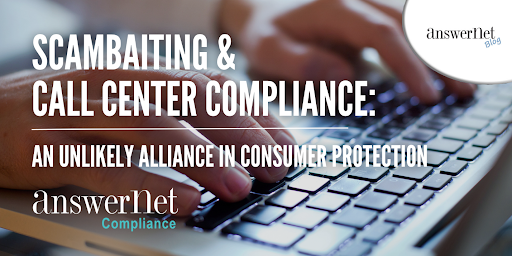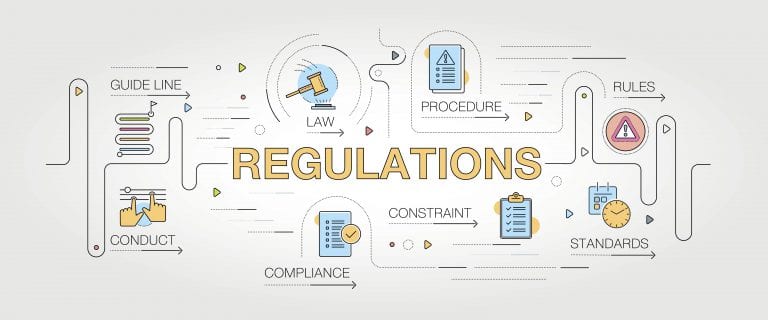by Angela Garfinkel, President and Founder of Quality Contact Solutions

We’ve found that there are 4 primary factors that should be considered as you evaluate whether a teleservices program would be best suited for an internal department or outsourced.
Cost
Is your company located in a high cost labor market? Is your company structured in a way that requires an internal department to carry expensive benefits such as profit sharing and premium health insurance? Is your rent per square foot expensive? If the answer is yes to any of these questions, then it may be worthwhile to evaluate outsourced call centers, depending on how you answer the other questions in consideration.
Culture
The second factor to evaluate is culture. Has your company successfully used a third party outsourced telemarketing resource for any telemarketing services before? Has your company used any business process outsourcing resources before? Is your company centralized or decentralized? Some companies have a culture where everything is done internally in a very centralized fashion. If that is the case, that could be a negative for outsourced telemarketing. However, that is where outsourced vendor selection comes into play because every call center is different. There are many that might not be a fit with your culture, but if you conduct a proper RFP and visit potential call center options, you can find a call center that fits your culture.
Complexity
The third factor to consider is the complexity of the teleservices program. If the program requires a high degree of sales skill with a wide range of complex products, then it may be better suited for an internal team to own the program. Typically outsourced operations are most successful with less-complex programs. If you are thinking about outsourcing, ask the vendors you’re considering to provide you with an example of their work that may be similar to yours.
Integration
The last factor is related to the need for integration with other departments or teams. If there is a requirement for a high degree of integration, then keeping the program in-house may be best.
Creating or evaluating an existing in-house cost model
To accurately compare the cost of in-house vs outsourcing, there are 5 primary cost components to compute for a potential or existing in-house operation.
1- People costs will include salaries, taxes, benefits, direct management costs (managers, supervisors, trainers, etc).
2- Computers and technology costs would include the hardware, software and phone equipment.
3- Telecommunications is typically a cost per minute plus the fixed monthly cost for the telecom infrastructure that you purchase.
4- Overhead and administrative: This is a cost category that can vary significantly from company to company. Some companies are allocated costs from “corporate” that they have to pay on a monthly basis. This can be based on the department head count or can be based on the revenues generated by the department. This typically includes senior management and shared services such as human resources, payroll, accounting, etc.
5- Rent expense: Sum up the expenses and divide them by the number of teleservices labor hours that you’re forecasting or you’ve been utilizing and you’ll get a “per hour” cost for your in-house operation.
Outsource pricing options
If you’re considering an outsourced telemarketing vendor, you’ll typically see 4 different pricing structures.
1- Hourly pricing is the most frequently used pricing structure. Hourly pricing will vary based on the complexity of the program and the skill level of agent required.
2- For offshore, the pricing can vary dramatically, depending on if the location is near-shore (such as Mexico or Costa Rica), or in India or the Philippines.
3- Many companies opt for an hourly plus commission or incentives structure. This would most often be paid out with about 75 to 80% in the hourly rate and the other 20 to 25% would be earned as a commission or incentive, based on performance.
4- Pay for performance is most often used for very large programs with proven track records of success. Most outsourced vendors will not accept a pay for performance program unless the client can share a valid track record that allows better than average revenues for the hours that the vendor will put into the program.
Angela Garfinkel is the President and Founder of Quality Contact Solutions, a leading outsourced telemarketing services organization with a telemanagement model. Angela has the pleasure of leading a talented team that runs thousands of outbound telemarketing program hours on a daily basis. Angela can be reached at angela.garfinkel@qualitycontactsolutions.com or 516.656.5118.








